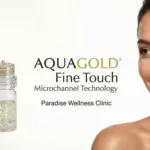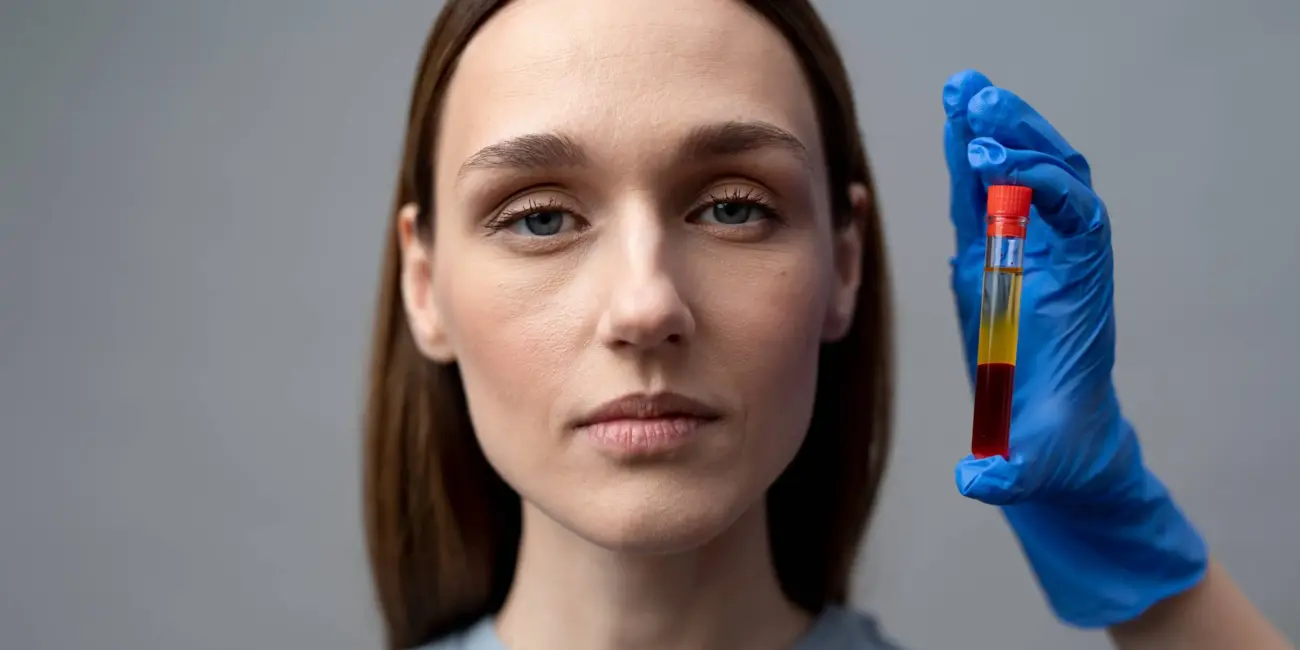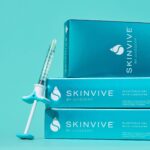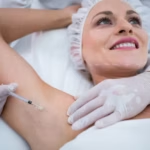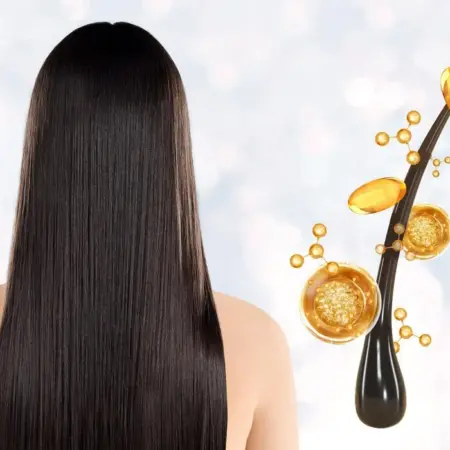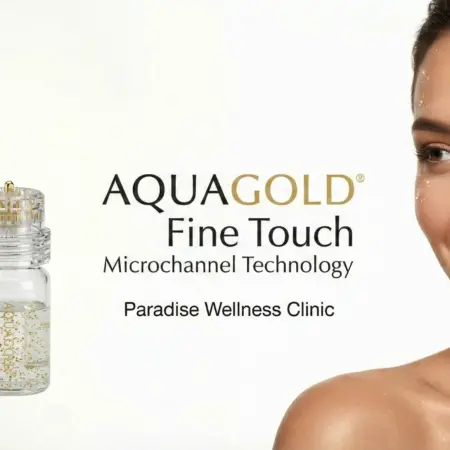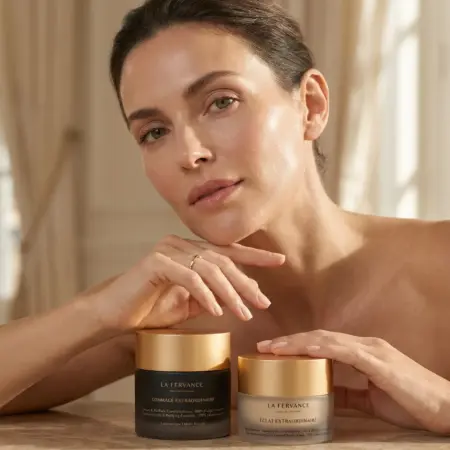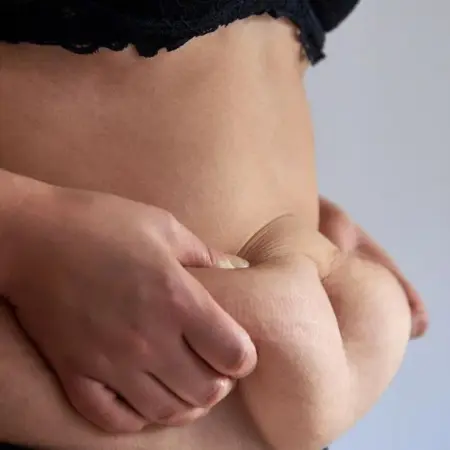PRF and PRP treatments have become two of the most talked-about procedures in the world of skin rejuvenation and hair restoration. While both use your body’s own healing power, they work in slightly different ways to deliver results. In this blog, we’ll break down the key differences between PRF vs PRP, helping you understand how each treatment works, their benefits, and which one may suit your needs best.
Whether you’re looking to reduce fine lines, improve skin texture, or tackle hair thinning, knowing the PRF vs PRP difference will help you make an informed choice for your beauty and wellness goals.
Table of Contents
What is PRF?

PRF, or Platelet-Rich Fibrin, is an advanced regenerative treatment that uses your own blood to stimulate natural healing and rejuvenation. Unlike PRP, PRF is created without any additives or anticoagulants, making it 100% natural. The process involves drawing a small amount of your blood, which is then spun at a slower speed in a centrifuge.
This method preserves white blood cells, platelets, and a fibrin matrix that slowly releases growth factors over time. The result is a more sustained healing process, promoting collagen production, improved skin texture, and stronger hair follicles.
PRF is often preferred for patients seeking a more natural approach with longer-lasting benefits, making it ideal for anti-aging treatments, under-eye rejuvenation, and hair restoration.
What is PRP?

PRP, or Platelet-Rich Plasma, is a well-established treatment that uses a concentrated form of your blood’s platelets to accelerate healing and repair. In PRP therapy, a small amount of your blood is drawn and spun in a centrifuge at a higher speed than PRF.
This process separates platelets from other blood components, producing a golden plasma rich in growth factors. When injected into the skin or scalp, PRP boosts collagen production, enhances skin elasticity, and stimulates dormant hair follicles.
It is widely used for facial rejuvenation, hair loss treatment, and scar improvement. PRP delivers faster results than PRF, making it a popular choice for those wanting quicker visible improvements, though the effects may not last as long as PRF’s slow-release benefits.
How They Work: Side-by-Side Comparison
Here’s a quick breakdown of how PRF vs PRP differ in technology, application, and results:
| Feature | PRF (Platelet-Rich Fibrin) | PRP (Platelet-Rich Plasma) |
|---|---|---|
| Technology Used | Blood spun at a slower speed to retain platelets, white blood cells, and fibrin matrix for gradual growth factor release. | Blood spun at a higher speed to separate platelets and plasma for immediate growth factor release. |
| Target Area | Face (under-eyes, fine lines), scalp (hair thinning), skin texture improvement. | Face (overall rejuvenation), scalp (hair regrowth), acne scars, skin tone enhancement. |
| Duration of Results | Lasts longer due to slow growth factor release—results can sustain for months. | Results appear faster but may require more frequent sessions to maintain. |
| Natural Composition | 100% natural, no additives or anticoagulants. | May use anticoagulants to prevent clotting during preparation. |
| Best For | Patients seeking gradual, long-lasting rejuvenation. | Patients wanting quicker visible improvements. |
Key Differences Between PRF vs PRP
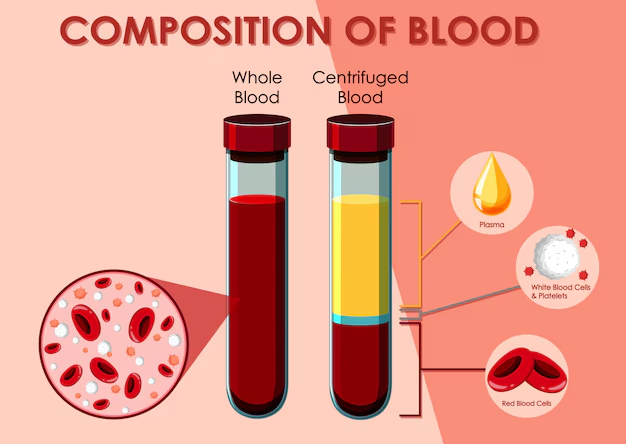
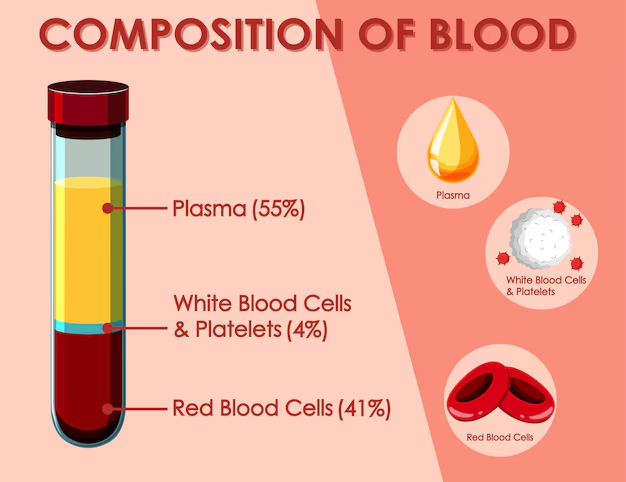
While PRF and PRP share the same goal of using your body’s natural healing ability, they differ in technique, results, and longevity. Here’s how they compare:
- Results Timeline:
- PRF: Results appear gradually but last longer due to the slow release of growth factors.
- PRP: Results are visible sooner but may fade faster, requiring more maintenance sessions.
- Comfort Level:
- PRF: Generally more comfortable as it contains no additives or anticoagulants, reducing irritation risk.
- PRP: May cause mild sensitivity post-treatment due to preparation methods.
- Cost:
- PRF: Often slightly more expensive per session due to advanced preparation techniques.
- PRP: Generally more affordable per session but may need more frequent treatments, increasing overall cost.
- Downtime:
- PRF: Minimal downtime—most people resume normal activities within hours.
- PRP: Also minimal downtime, but some redness or swelling may last a day or two.
- Best For:
- PRF: Long-term skin rejuvenation and natural-looking results.
- PRP: Quick boosts for skin glow or hair stimulation.
Benefits of PRF
PRF (Platelet-Rich Fibrin) offers a range of benefits for skin rejuvenation and hair restoration, making it a preferred choice for many looking for natural, long-lasting results:
- 100% Natural Healing: Contains no additives or anticoagulants, making it safe and biocompatible with your body.
- Long-Lasting Results: Slow release of growth factors ensures extended collagen stimulation and tissue repair.
- Multi-Use Treatment: Effective for under-eye hollows, fine lines, wrinkles, acne scars, and hair thinning.
- Minimal Downtime: Gentle on the skin and scalp, allowing you to return to daily activities quickly.
Benefits of PRP
PRP (Platelet-Rich Plasma) is a versatile treatment that delivers quick and visible improvements for skin and hair health. Its benefits include:
- Faster Visible Results: Delivers an immediate boost in skin radiance and hair follicle stimulation.
- Versatile Applications: Ideal for facial rejuvenation, acne scar reduction, improving skin tone, and promoting hair growth.
- Natural Regeneration: Uses your own platelets to trigger collagen production and cell renewal.
- Minimal Recovery Time: Mild redness or swelling subsides quickly, allowing you to resume normal activities within a day.
Who Should Choose Which?
Both PRF and PRP are suitable for men and women, but the ideal choice depends on your age, skin type, and specific concerns.
- Choose PRF if: You’re looking for a 100% natural treatment with longer-lasting results, especially if you have fine lines, under-eye hollows, early signs of aging, or mild hair thinning. It’s great for individuals in their late 20s to 50s seeking gradual yet sustained improvement.
- Choose PRP if: You want faster visible results for skin glow or hair regrowth, such as before a special event. It’s suitable for most skin types and is often preferred by those in their 20s to 40s looking for a quick boost.
Both treatments can be customized to your needs, making them effective for anyone aiming to rejuvenate skin or restore hair naturally.
Procedure Time, Pain Level & Downtime
Here’s a quick look at what to expect from PRF and PRP in terms of session duration, comfort, and recovery:
| Aspect | PRF (Platelet-Rich Fibrin) | PRP (Platelet-Rich Plasma) |
|---|---|---|
| Procedure Time | 45–60 minutes, including blood draw and preparation. | 30–45 minutes, including blood draw and preparation. |
| Pain Level | Mild discomfort; often well-tolerated without anesthesia. | Mild discomfort; numbing cream can be applied if needed. |
| Downtime | Minimal—slight redness or swelling may last a few hours. | Minimal—redness/swelling may last up to 24 hours. |
| Return to Routine | Same day. | Same day or next day, depending on sensitivity. |
Expected Results & Longevity
With PRF, results tend to appear gradually over 3–6 weeks as the slow release of growth factors stimulates collagen production and tissue repair. The improvements—such as smoother skin, reduced fine lines, and stronger hair follicles—can last 6–12 months, sometimes longer, depending on your skin health, age, and lifestyle.
PRP, on the other hand, delivers visible results sooner—often within 2–4 weeks—due to its faster release of growth factors. You may notice enhanced skin glow, improved tone, and initial hair regrowth shortly after treatment. However, these results typically last 4–6 months, so maintenance sessions are recommended for sustained benefits.
In both cases, following a healthy lifestyle, good skincare routine, and completing the recommended treatment sessions will help prolong your results and maximize the benefits of either procedure.
Side Effects & Safety
While both PRF vs PRP are considered safe treatments since they use your own blood, it’s important to be aware of possible side effects and follow safety guidelines.
Common Side Effects for PRF
- Mild redness and swelling at the injection site.
- Slight bruising, which typically fades within a few days.
- Temporary tenderness or soreness in treated areas.
Common Side Effects for PRP
- Redness and swelling lasting up to 24–48 hours.
- Minor bruising at injection points.
- Temporary itching or tightness in the skin.
Safety Tips for Both
- Always choose a qualified dermatologist or trained aesthetic doctor for the procedure.
- Avoid touching or applying makeup to the treated area for at least 12–24 hours.
- Follow all aftercare instructions, including sun protection and gentle skincare.
- Inform your practitioner of any medical conditions or medications before treatment.
When performed by an expert, both PRF vs PRP are low-risk, minimally invasive, and highly effective for skin and hair rejuvenation.
Cost Comparison in Delhi
The cost of PRF vs PRP treatments in Delhi can vary depending on the clinic’s expertise, location, and the number of sessions required. Here’s a general comparison:
| Treatment | Average Cost Per Session | Factors Affecting Price |
|---|---|---|
| PRF | ₹8,000 – ₹15,000 | Doctor’s experience, advanced centrifuge technology, targeted area, and number of injections. |
| PRP | ₹5,000 – ₹10,000 | Clinic location, practitioner’s skill, and treatment area size. |
Factors Influencing Cost:
- Clinic Reputation & Expertise: Premium clinics with experienced dermatologists may charge more.
- Treatment Area: Larger areas like the scalp cost more than targeted facial zones.
- Number of Sessions: Packages often reduce per-session cost.
- Technology Used: Advanced preparation systems and high-quality kits can increase pricing.
Client Reviews & Experiences
“I tried PRF for my under-eye hollows, and the results were incredible! My eyes look fresher and less tired, and the effect has lasted for months. The process was comfortable, and I appreciated that it was 100% natural.”
– Ritika, 34
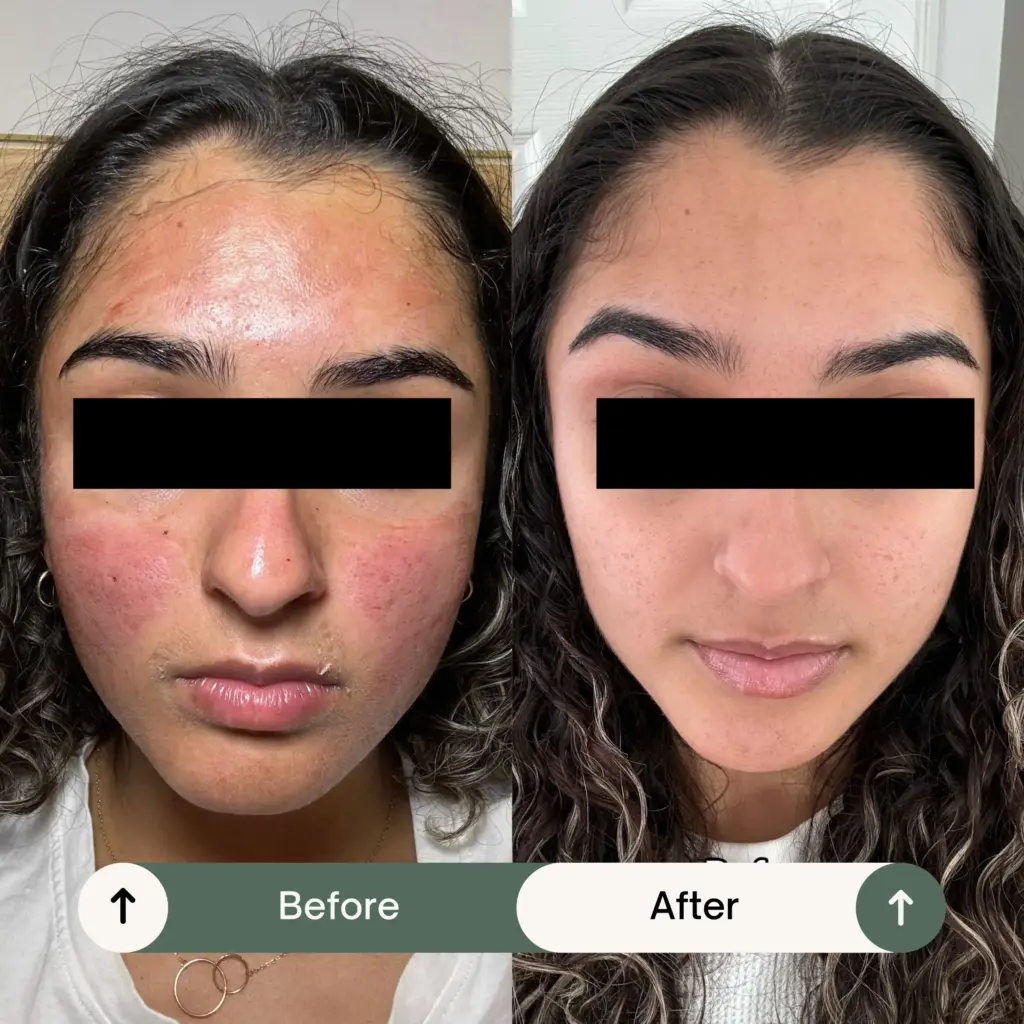
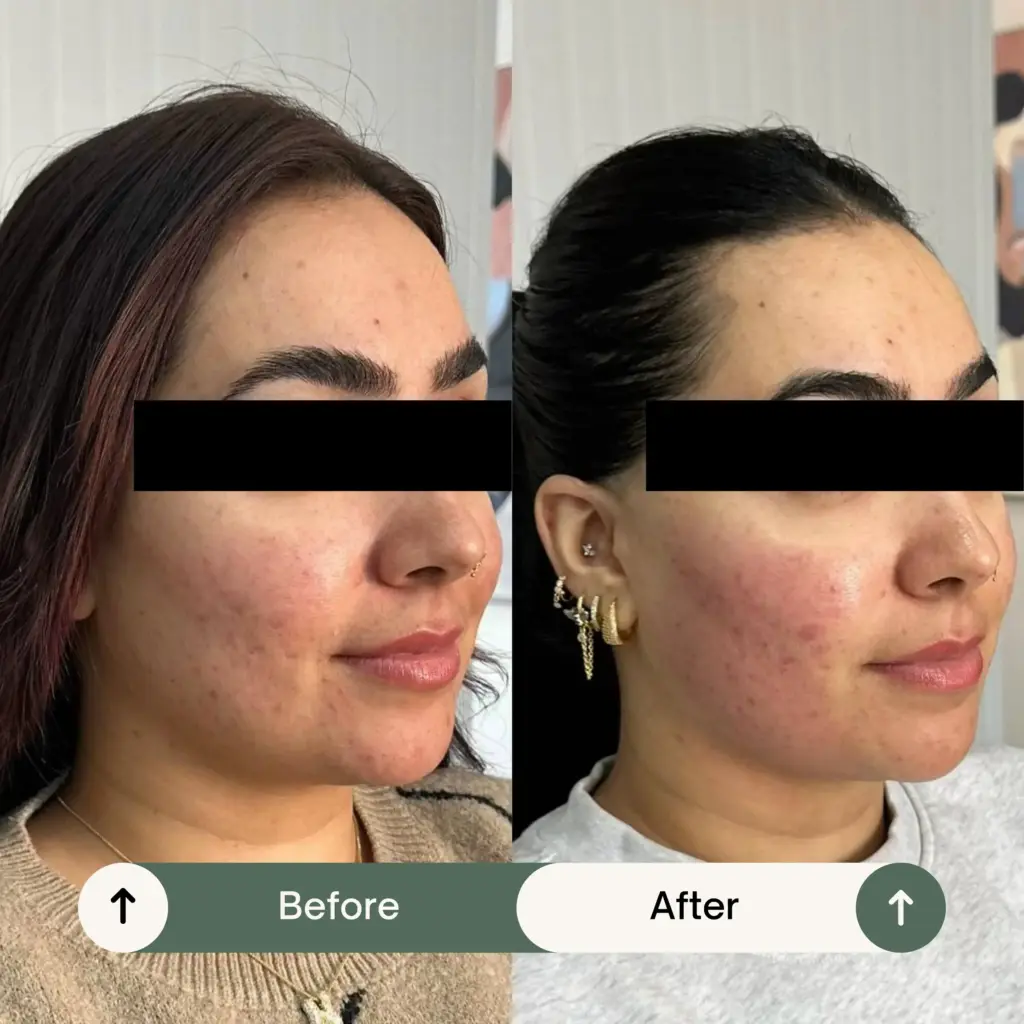
“I booked PRP before my wedding for glowing skin, and it worked like magic. My skin looked brighter within weeks, and I got so many compliments!”
– Megha, 28
“PRP for hair loss gave me visible regrowth after just a few weeks. The quick results motivated me to continue my sessions.”
– Kajal Rana, 36
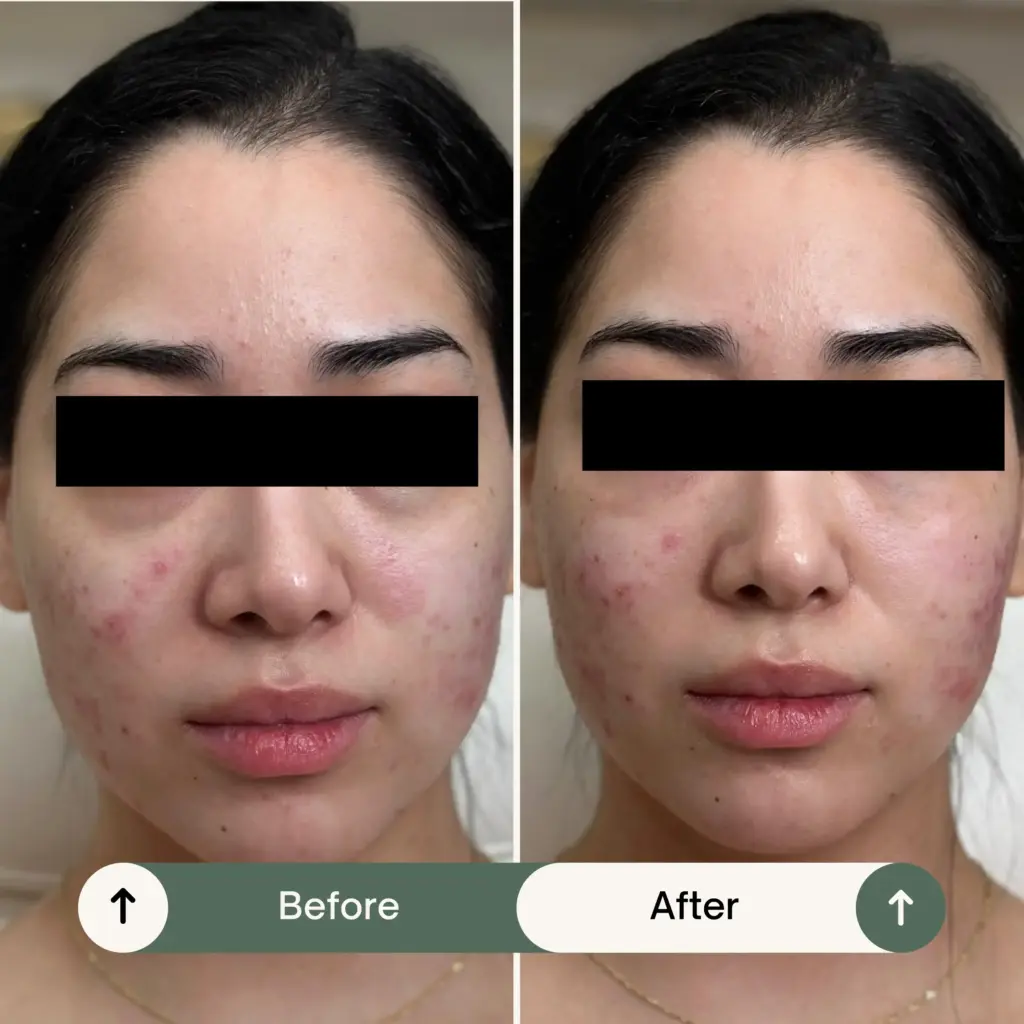
Which is Better for You?
The choice between PRF vs PRP depends on your goals, timeline, and preference for results. If you’re seeking a natural, long-lasting rejuvenation with gradual improvements—especially for under-eye hollows, fine lines, or hair thinning—PRF may be your best option. Its slow release of growth factors offers sustained results with fewer follow-up sessions.
If you want faster, visible changes for skin glow or initial hair regrowth—perhaps before an event—PRP is a great choice. It delivers quick boosts but may require more frequent maintenance to sustain results.
Both treatments are safe, minimally invasive, and effective for men and women. A consultation with an experienced dermatologist can help determine which will best suit your needs, skin condition, and lifestyle.
FAQs
Which is more effective?
Effectiveness depends on your goals. PRF is often more effective for long-term rejuvenation and collagen stimulation, while PRP works well for quick results like skin glow or initial hair regrowth.
Which lasts longer?
PRF generally lasts longer—often 6–12 months—because it releases growth factors slowly over time. PRP results may last around 4–6 months and need more frequent maintenance sessions.
Which has fewer side effects?
Both are safe and have minimal side effects since they use your own blood. PRF may cause slightly less irritation because it contains no additives or anticoagulants.
Which is more affordable?
Per session, PRP is usually more affordable, costing less than PRF. However, since PRP may require more sessions, the total cost over time can be similar.
Can I combine both?
Yes, some dermatologists recommend combining PRF vs PRP for enhanced results, using PRP for immediate improvement and PRF for sustained, long-term benefits. This approach should only be done under expert guidance to ensure safety and optimal outcomes.
Conclusion
PRF vs PRP are powerful, safe, and effective treatments for skin rejuvenation and hair restoration, each offering unique benefits.
Whether you prefer the gradual, long-lasting results of PRF or the quick boost from PRP, you can trust that both harness your body’s natural healing ability to deliver noticeable improvements.
At Paradise Wellness Clinic, our experienced dermatologists use advanced technology and personalized treatment plans to ensure the best possible outcomes for your needs.
Book your consultation at Paradise Wellness Clinic today and take the first step toward healthier skin and hair.


